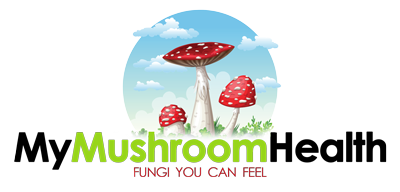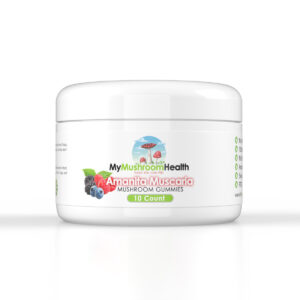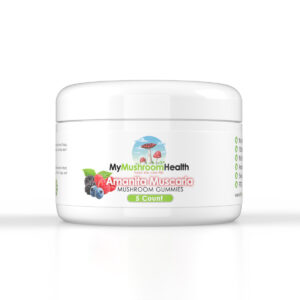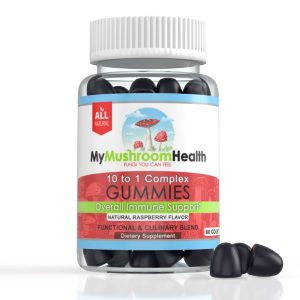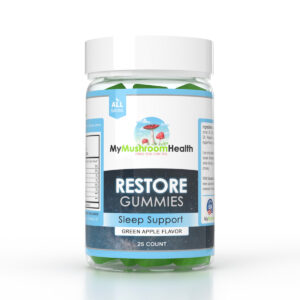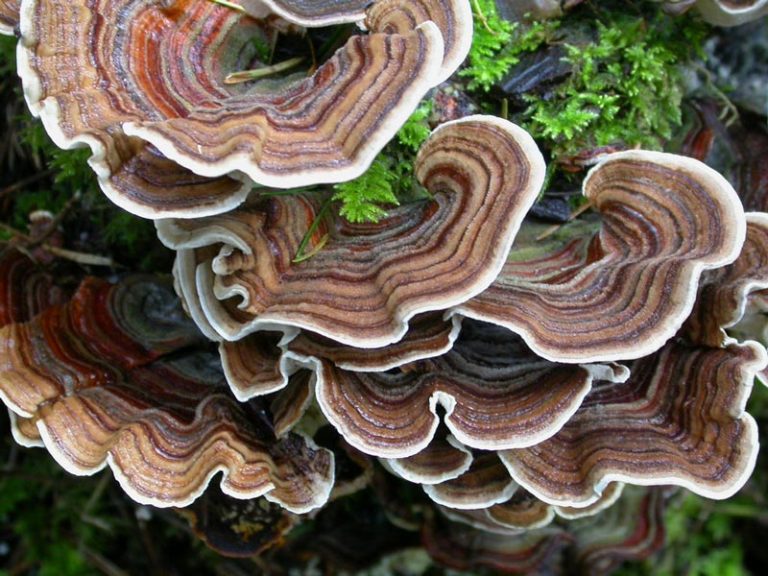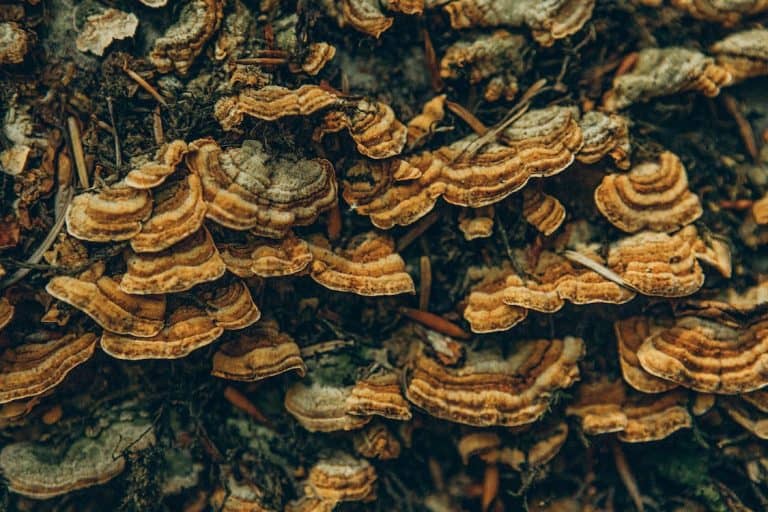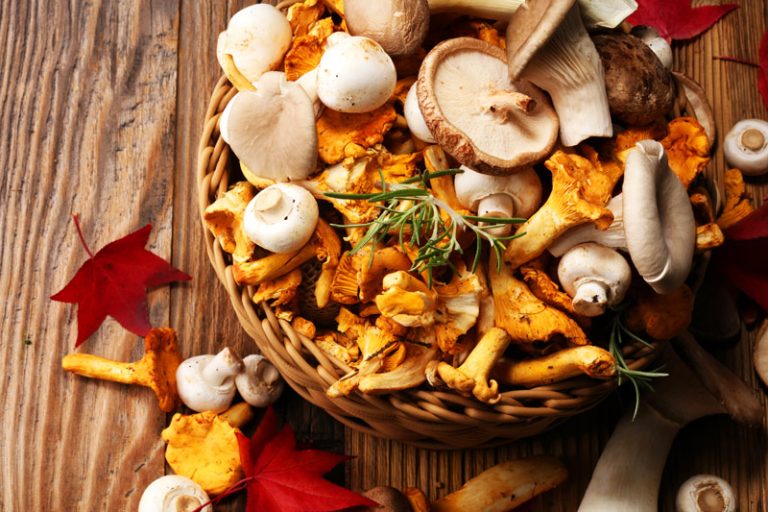Five of The Most Nutrient-Dense Vegetables per Real Science
Diet rich in color has always been healthy. Vegetables are packed with vitamins, minerals, fiber, and phytonutrients. That said, some vegetables carry a much higher nutrient content relative to their calories, making them helpful for weight control and overall health.
The physician developer of the nutritarian diet came up with a scale (nutrient density index) to quantify the nutrient content of fruits and vegetables relative to their calories. Researchers ranked 41 fruits and vegetables according to their nutrient density and the results are here in a summary of the top five.
Nutrient-Rich Vegetables You Should Consider Including in Your Next Meal
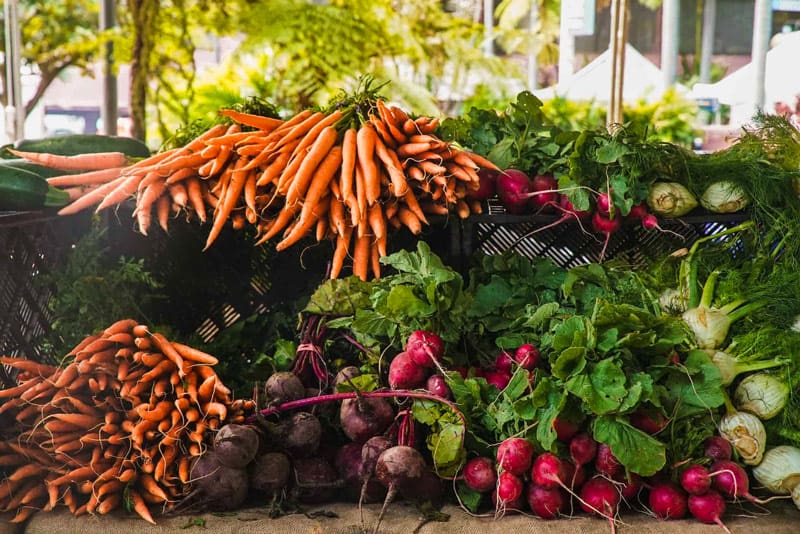
Watercress (Nutrient Density Score 100%)
Watercress tops the list of nutrient-dense vegetables per calorie. It is a dark green, leafy vegetable that grows in cold, clear streams and rivers, and has a slightly peppery flavor raw or cooked. You will retain more of its vitamin C if you consume watercress raw. Along with vitamin C, watercress is rich in vitamin K, which is important for blood clotting and bone density, and beta-carotene, a precursor to vitamin A and an antioxidant and anti-inflammatory. One study found that antioxidants in watercress significantly suppress damage to DNA, a cell’s genetic material.
Cabbage (Nutrient Density Score 92%)
Cabbage is a member of the Brassica family. This green, leafy veggie has long, pale leaves with slight ribs of white and has a sweet flavor. As a cruciferous vegetable, like watercress and broccoli, it contains similar phytochemicals, some of which are being explored for potential anti-cancer benefits. There are a few different forms of cabbage including Chinese Cabbage which studies show is more nutrient dense than regular cabbage, offering more vitamins such as C, K, and folate, a B vitamin. Additionally, it contains antioxidants with anti-inflammatory activity for only 9 calories per cup.
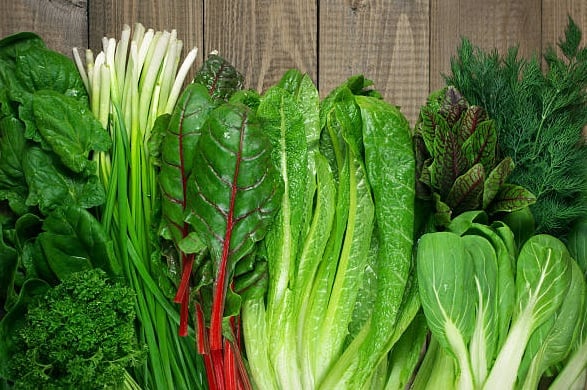
Swiss Chard (Nutrient Density Score 89%)
Swiss chard, also known as leaf beet, is a leafy green vegetable that belongs to the same family as beets. Its leaves have a mild flavor like spinach but has a slightly tougher texture that softens when you cook it. Swiss chard is a rich source of vitamin K, however, it contains less vitamin C than the top two on the list above. WARNING: However if you have a history of calcium oxalate kidney stones, it might be best to avoid Swiss chard since it can increase oxalates in your urine and boost the odds of kidney stones forming when eaten raw.
Beet Greens (Nutrient Density Score 87%)
Beet greens are the leaves of beets and are very colorful root vegetables that grow in the ground. They are a lot like spinach in texture as well as taste but have a stronger flavor. Enjoy raw in salads or cooked like spinach, Swiss chard, or other leafy greens. But like Swiss chard, they’re high in oxalates, so again, overall it is best to cook them to reduce their oxalate content. (Kidney Stones)
Spinach (Nutrient Density Score 86%)
Few are not aware or familiar with the dark green vegetable Popeye used as spinach. Spinach is available everywhere and is packed with nutrients such as vitamins A, C, and K, and like all leafy greens, it is undoubtedly an excellent source of fiber. Anyone dealing with Kidney stones should substitute kale for spinach. This powerhouse veggie contains compounds called thylakoids that have appetite-suppressing benefits. Plus, spinach is a very rich source of lutein and zeaxanthin, carotenoids which may help prevent age-related macular degeneration and cataracts, which are common causes of visual decline as we age.
Maybe you have noticed the leafy green trend as they all top the list of nutrient-dense foods per calorie. Another benefit of leafy greens is the high nitrate level, compounds that increase nitric oxide. Lastly, NA is a gas that helps open blood vessels and enhances endothelial (blood vessel function ) which helps lowers blood pressure and the risk of blood clots.
Story Credit to SciTechDaily
VIEW MEDICINAL MUSHROOM STUDY LINKS HERE
